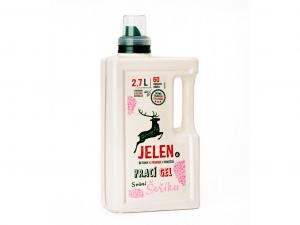Sodium Stannate
Other names: Sodium stannate, Disodium tin trioxide, Sodium tin oxide, Tin sodium oxide, Stannate
Harm score: 2 (Derivatives of natural substances)
Sodium stannate, also known as sodium stannate, is an inorganic compound with the chemical formula Na2SnO3. It dissolves readily in water and occurs naturally in tin ores. Under normal conditions it is a white powder with no particular odour. Sodium stannate was first prepared in 1798 by Humphry Davy by reacting tin oxide with sodium hydroxide.
Sodium stannate has a wide range of industrial uses. It is primarily used as a catalyst in chemical reactions. It is also involved in the production of glass and ceramics, where it is added to melting mixtures to improve transparency and lower the melting temperature. In the processing of non-ferrous metals such as tin, it can be used to remove oxides. It is also useful in electroplating processes where it acts as a stabiliser. In the construction industry it is used as a component of some concrete mixes to increase corrosion resistance. In the textile industry, sodium stannate is used to improve the dyeing and finishing properties of fabrics. Last but not least, it is also used in the cosmetics industry, where it functions as a stabilizer in certain types of shampoos and soaps.
You won't find this substance in our products. Try the natural, chemical-free products in our range.

Washing gel with lilac scent 2,7 l
Product detail